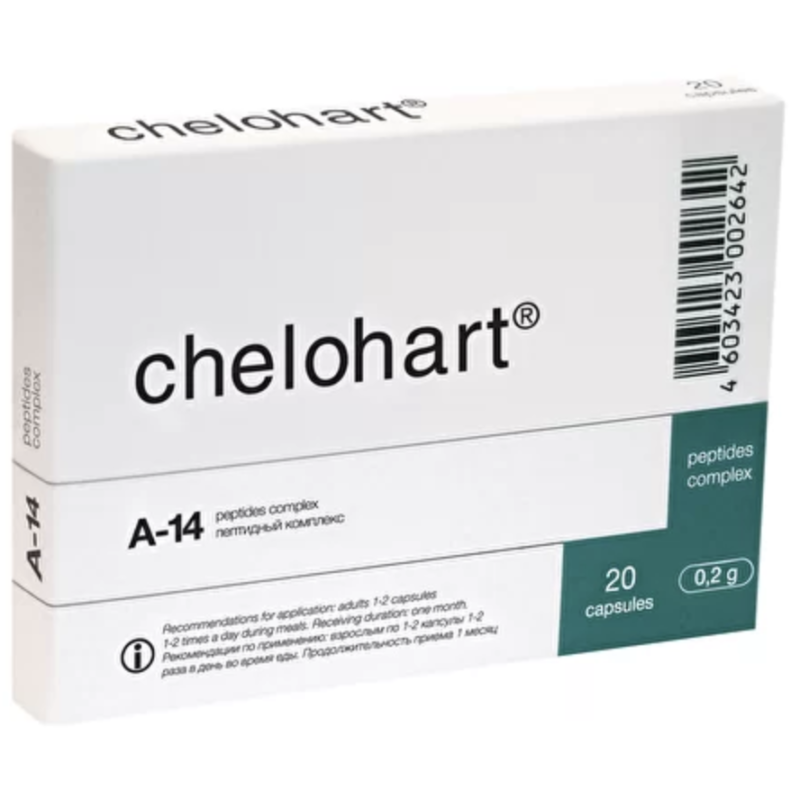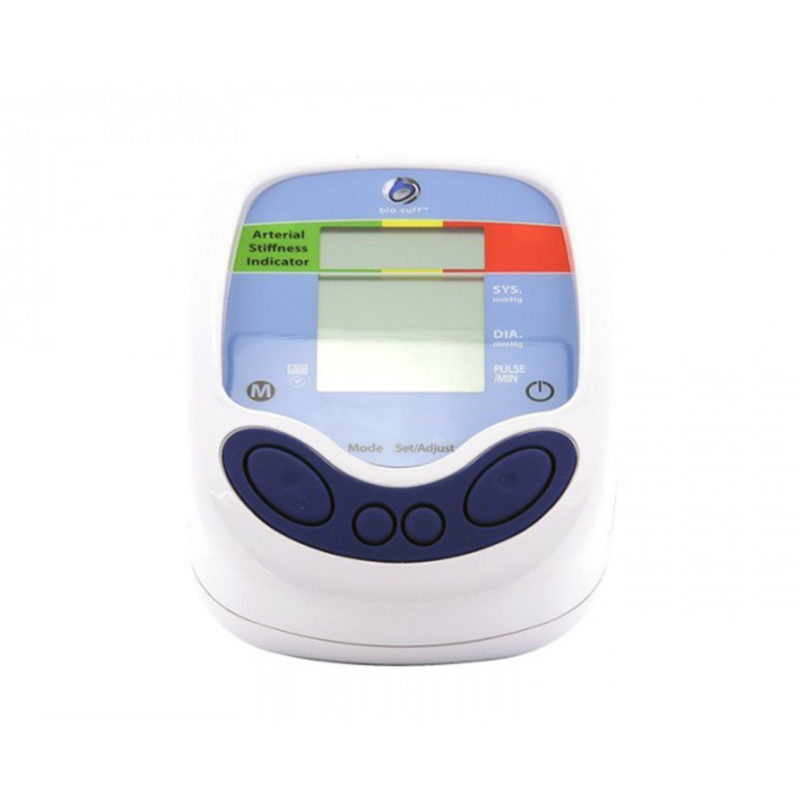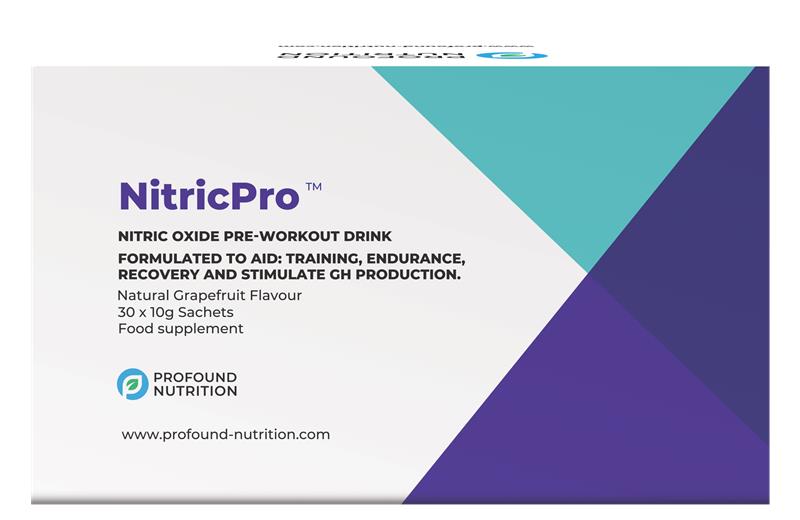CardioPro, a unique combination of potent natural ingredients proven to improve (reduce) arterial stiffness
Cardiovascular disease is a major concern to most middle aged persons and whilst we are all now better educated in terms of exercise and diet for heart health, a heart attack is still the biggest cause of death in the western world.
Thankfully the numbers of patients diagnosed with cardiovascular disease, (as a total percentage of the population) are dropping due to this better understand of heart health, although unfortunately cancer is set to overtake the numbers in the next decade or so.
But heart attacks, unlike cancer carry a big risk factor by the simple fact that it can catch its victims by surprise. In other words, cancers usually creep up relatively slowly, making the patient feel unwell for a lengthy period of time, until the point that they eventually go to the physician and are diagnosed and treatment begun etc. However all too often cardiovascular disease is so subtle and yet debilitating that many afflicted persons don’t realise they have a problem until one morning pain develops in the left arm, chest etc., and then later a heart attack follows, an attack which can be fatal.
The heart attack markers
There are many factors implemented in heart health and antiaging physicians are looking for many more markers than “just” cholesterol (and rightly so). These tests typically centred on blood and urine can include inflammatory markers such as C Reactive Protein, or fatty deposits such as triglycerides, or other factors including homocysteine etc.
The fact remains that there are perhaps a dozen markers that need evaluation and yet still can’t offer a preciseness of an individual’s real risk. Dilemmas such as the so-called “French Paradox” whereby people living around the Mediterranean, appear to have on-average higher levels of cholesterol, (no doubt due to their fatty diets of cream and butter etc), yet perversely on-average have far fewer actual cardiovascular events (such as infarction or thrombosis etc) cause some confusion.
The reason for this dichotomy has been strongly linked with their diet, for which the liberal use of certain foodstuffs; in particular garlic and red wine have been singled out as some of the most important protective factors. Certainly these factors are not found commonly found in the diets of those in the heart attack capital of the world- Scotland!
To the heart of the matter
Enlightened cardiologists are coming to the conclusion that the two simplest ways to avoid a heart attack are to have “thin” blood and “soft” arteries, (they may also be the two most important for strokes too!). “Better” blood states are factors linked with ingredients found in garlic and red wine (specifically allicin and resveratrol) and thus help to explain the “French Paradox.”
However post mortem studies have also shown that arteriosclerosis (the clogging of arteries) and the hardening of arteries are present in 90% of victims of heart disease, which therefore makes knowledge about the stiffness of your arteries a very important factor. Furthermore, it is something that in antiaging medicine should be first and foremost for a preventative medicine approach.
At last a simple and non invasive way to check arterial stiffness
Recently a British made machine called Cardio Check (See also Bio-Clip Plus) has been shown to quickly and easily test the stiffness of arteries. It provides this non-invasive, simple and quick test at a much more reasonable price than anything that has gone before.
Today there are more than 26 published studies affirming the reliability of the technology employed in CardioCheck and many clinics and hospitals around the world are using it to test their patients, including St. Thomas’ hospital in London.
CardioCheck’s technology relies on the well founded and tested principle of arterial wave velocity. A test consists of a simple finger clip being placed on the digit, within 3 minutes the software of the unit determines the pulse wave and the stiffness of the arteries based on a score of 3 to 20. As a rough guide the stiffness index values translate as follows:



